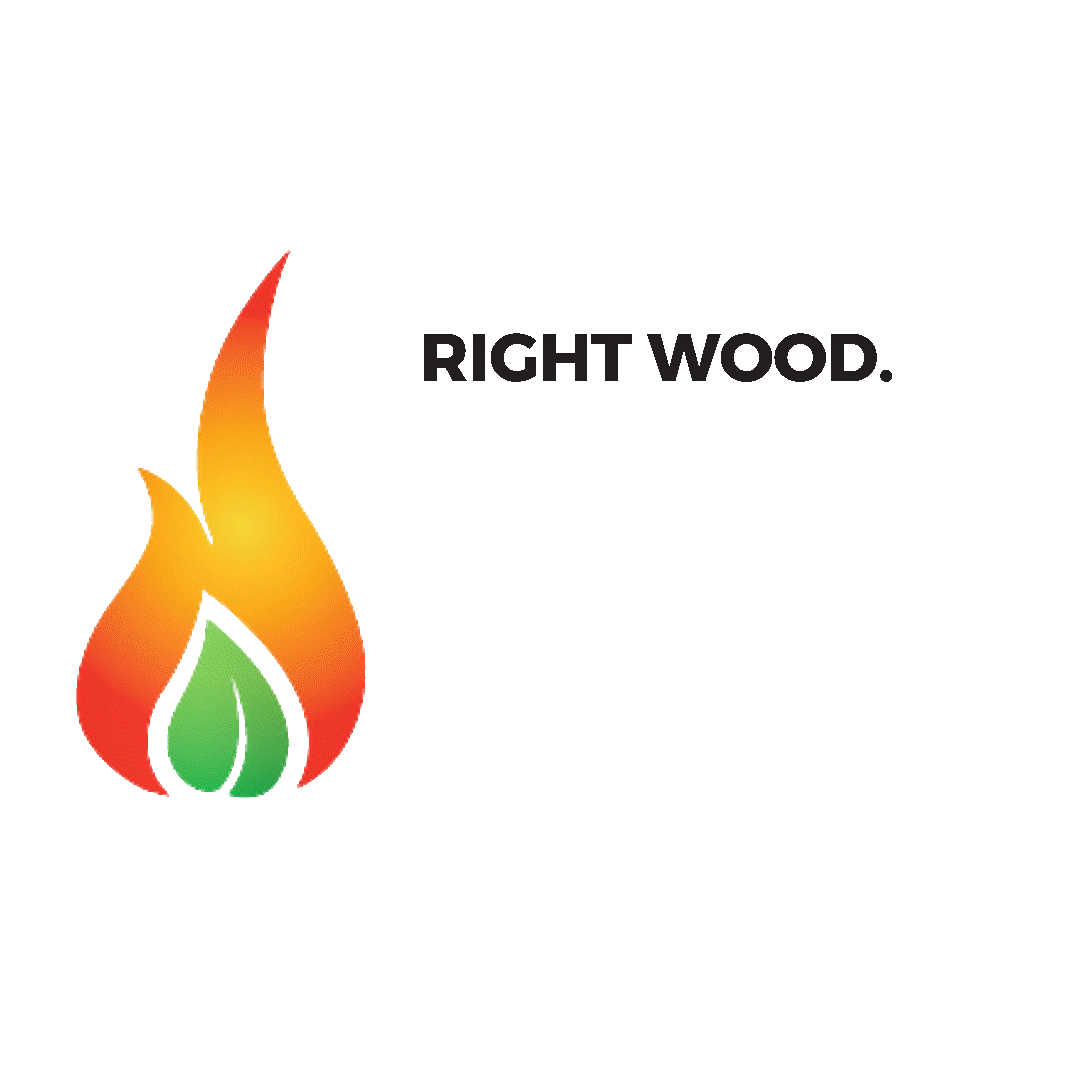Clean Wood Burning Information

How to Reduce Air Pollution from Wood Burning
A wood-burning fireplace can cause pollution and be harmful to your lungs. But with some small changes, you can make a big difference. Here are some tips to help reduce pollution from your wood-burning fireplace:
1. Choose not to burn when air quality is already poor. Check the Air Quality Index in your local newspaper or visit http://air.mbard.org/ to monitor when the air quality is poor to avoid burning wood on these days. Pay close attention during wood-burning season - November to February - to ensure you are not burning wood when a mandatory No-Burn alert has been issued for your area. Save energy and reduce pollution during these months by wearing a sweater on chilly nights.
2. Reduce your need for fuel. Make your home more energy-efficient by installing ceiling insulation, and by weather stripping or caulking windows and doors. Close off unused rooms if you don’t have central heating.
3. Have your chimney professionally cleaned. Keep your chimney swept and ash area clean to improve air flow and reduce emissions. Chimneys should be professionally cleaned periodically to prevent creosote buildup and reduce the potential for chimney fires. Store wood outdoors, off the ground and with the top covered.
4. If you do burn wood, start fires with softwood kindling such as pine or fir. Always burn “seasoned” or dry wood. These woods are generally low in density, ignite easily, burn fast and hot and will heat the firebox and flue quickly. Hardwoods such as oak can take longer to ignite, but they burn slower and produce less smoke. Remember to use smaller fires in mild weather.
5. Never burn garbage and other materials. It can cause toxic smoke that can be extremely harmful to you and your neighbors.
6. Watch chimney for smoke. Properly burning fires should give off only a wisp of white steam. The darker and thicker the smoke, the more pollution the fire emits, and the more fuel it wastes.
7. Beware of overnight heating. Do not leave open fires unattended or let them burn overnight. This can lead to a back draft of smoke in your home, causing hazardous indoor air pollution. Build a small, hot fire and let it burn out completely, closing the damper when finished.
8. For heating, switch to a cleaner wood-burning alternative. An EPA-certified wood stove emits up to 70 percent less particulate emissions and uses 30 percent less fuel.
9. Replace your wood-burning fireplace with a natural-gas insert. The particle pollution from one wood stove is equivalent to that emitted by 3,000 gas furnaces producing the same amount of heat per unit.
10. Remember... If you can smell smoke, you are breathing smoke!
To learn more about clean wood burning and how wood smoke pollution can affect your health at EPA Burn Wise Program website.
Tips for a Long Lasting Burn: Do you see smoke coming out of your chimney? This is wasted wood heat. Get tips from a certified chimney sweep on how to achieve a long-lasting, efficient fire in your wood stove.
